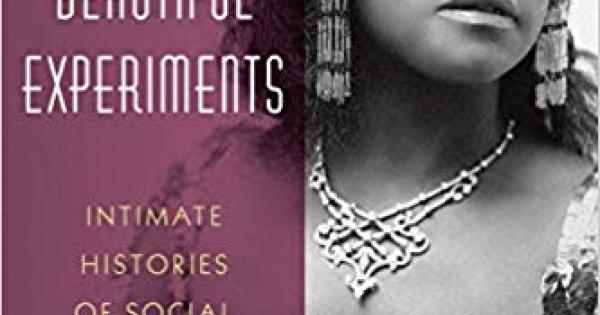

They were poor Black women and queer people who claimed sexual and relational agency: if you know anything about the world, you know that the world strove-and strives-to obliterate them. The obscurity that any historian or biographer is up against-that naturally imposed by death and time-was aggressively imposed on Hartman’s subjects while they were still alive. All of them were poor and young, all were trying to achieve personal freedom of movement, relationship, and choice-not only in what Hilary Mantel calls a “masculine context,” but a context of genocidal mysegenoir and homophobia. Hartman has devoted her scholarly career to researching and writing the lives of Black women living in the aftermath of the transatlantic slave trade, and Wayward Lives focuses on Black women and gender-nonconforming people living in Northern US cities between the years 1880-1940. "You have to position them centrally, when they weren’t really central, to pretend they were more important than they were or that we know more about them than we do." Questions of “forcing the issue,” of “who matters, and who is endowed with the gravity and authority of the historical actor,” are central to Saidiya Hartman’s recent book: Wayward Lives, Beautiful Experiments: Intimate Histories of Riotous Black Girls, Troublesome Women, and Queer Radicals (W.W.

"Usually, to bring women characters to the fore in the writing of history (factual or fictional) you have to force the issue a bit," says Hilary Mantel, one of the most celebrated historical fiction writers of her generation.


 0 kommentar(er)
0 kommentar(er)
